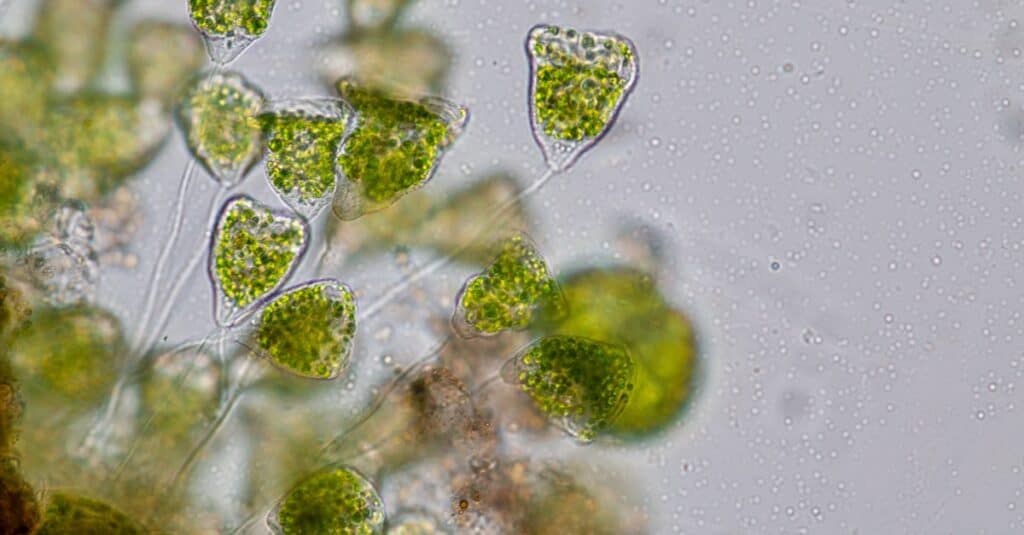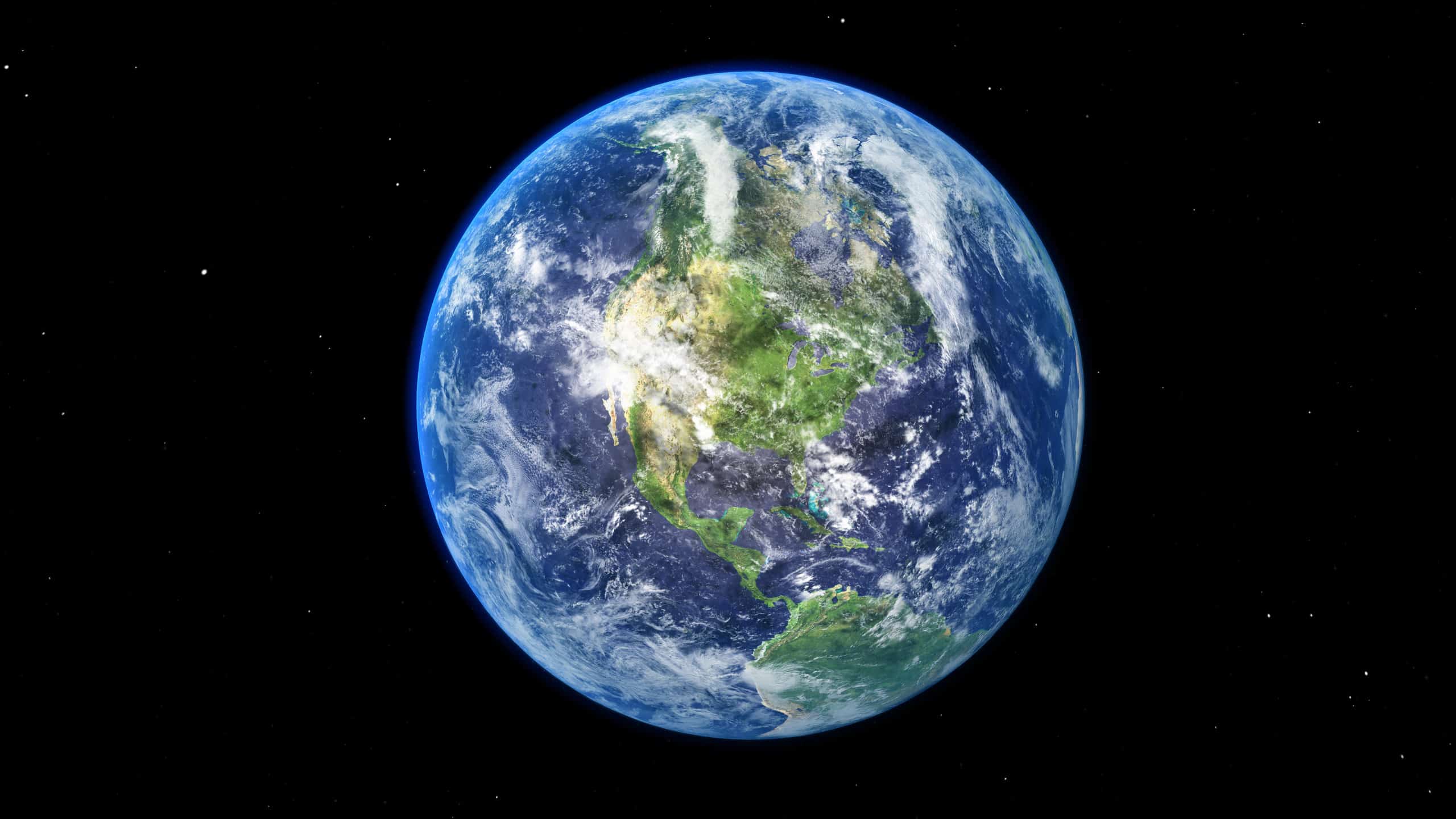As a species, humans are infants. While some of the oldest humanoids date back to the Paleocene epoch roughly 50 million years ago, the modern shape of humans didn’t evolve until 300,000 years ago. This is nothing compared to some of the oldest life forms on earth, especially when you consider the fact that many of these life forms are billions of years old!
In this article, we will go over some of the oldest possible life forms on earth, including when they first arrived on our planet and how they developed. We’ll even give you some informative and fun facts about the oldest living things found on planet earth, including some theories surrounding how they got here in the first place. Let’s get started!
What Are Some of the Oldest Life Forms on Earth?

Planet Earth and the Sun in space.
©iStock.com/KingJC
It’s difficult to say what exactly some of the oldest life forms on earth are, or even what they consist of. Most of our oldest life forms first existed 3.5 billion years ago. Some studies suggest life forms existed even before this point in time. However, any and all life forms found on earth during this early of a time are considered microorganisms.
The earliest living microorganisms have been discovered as microbial mats as well as within stromatolites, or a type of rock built primarily out of microorganisms. There are multiple fossils in our history that indicate life on earth, and ancient life at that. Depending on the study, scientists estimate our oldest life forms to be anywhere between 3.5-4.5 billion years old based on fossil evidence!
How Did Some of the Oldest Life Forms on Earth Happen?
Talking about life forms on earth is one thing. Determining how they got here is another. There are a number of theories still in debate around the world as to how we happened on this planet. How did some of the oldest evidence of life on our planet even happen? Some studies suggest life began in the ocean. Others say it began in lava and sediment. Even more experts suggest that life came from meteorites or other deep space particles.
No matter the precise method, some of our oldest life forms came from bacteria, microorganisms, and fungi. All of these various types of evidence have been found buried within rocks, the sea floor, and even in meteorites that crashed into earth billions of years ago. While microscopic and incomprehensible to many, life on earth started small, blossoming into the beautiful planet we know today!
5 Facts About the Oldest Life Forms on Earth

Microscopic organisms play a key role as animal decomposers.
©iStock.com/Sinhyu
We’ve only just scratched the surface when it comes to life forms on earth. Here are some facts about our oldest life forms, from the fascinating to the skeptical.
1- Some of the oldest life forms are over 3 billion years old
As we have already mentioned, our oldest life forms discovered on earth are estimated to be over 3 billion years old. The earth itself is roughly 4.5 billion years old. But the earliest indisputable evidence of life on this planet occurred 3.5 billion years ago. Some studies suggest that life formed on our planet shortly after our oceans coalesced, around 4.2 billion years ago. However, there isn’t enough evidence to say this is entirely factual.
2- A lot of evidence for our oldest life forms comes from Australia
Besides powerful evidence of early life found in sediment from Greenland and Africa, Australia has a number of microbial evidence for the first life on earth. In fact, there are a few different potential findings from Australia, found deep within sandstone and rock deposits. This suggests that early life may have some association with metals and other sediments, given that microbial mats and bacteria were dated as far back as 4.1 billion years ago!
3- Our last universal common ancestor may have lived underwater
Have you ever heard of the LUCA, or the last universal common ancestor? This is a working theory that suggests all life on earth is descended from a common ancestor. It isn’t necessarily the first-ever life on earth. But studies suggest our LUCA originated in the ocean, near magma and hot sea vents over 4 million years ago. The LUCA acts as a bridge between the first ever life on earth and our current DNA and genome capabilities!
4- Life might’ve come from meteorites

©solarseven/Shutterstock.com
While there’s some powerful evidence to suggest that life on our planet came from the sea, some scientists believe that life came from space. Also known as panspermia, our earliest life forms could have come from deep within meteorites and space dust, crashing into the earth during its earliest days. However, this branch of study is technically a pseudo-science, given how impossible it is to test and experiment with.
5- Life extends deep into the earth and even into the atmosphere
Did you know that the earth’s biosphere, or zone of life forms, extends far beyond its surface? Multiple studies confirm that life is possible beyond the surface of the earth, both in the atmosphere and deep into the sea or earth’s crust. In fact, some microbial life was found suspended beneath the seafloor, the specimens dating more than 100 million years old!
Up Next
Thank you for reading! Have some feedback for us? Contact the AZ Animals editorial team.








